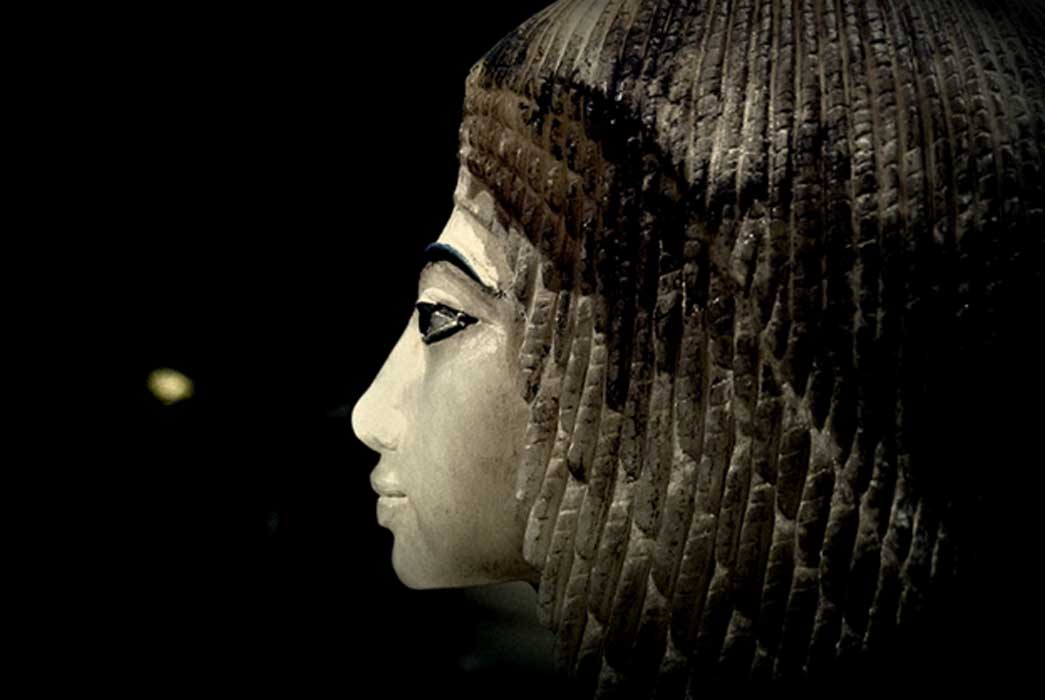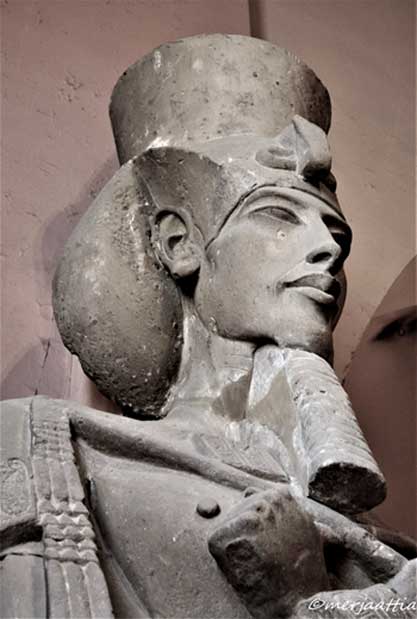
Quest for the Greatly Beloved Kiya: Her Mysterious Origins and Role in Court—Part I
Kiya, a secondary wife of Pharaoh Akhenaten is one of the most shadowy royals of the Amarna Period. Virtually nothing is known about her origin or the reasons for her disappearance. All that is evident from extant records is that she was held in great esteem by the king – no one is sure why though – but it has been speculated that it was probably because she provided him with the male heir he so desperately sought. Whether she was a sister of Akhenaten who changed her name to reflect the new politico-religious reality, or a foreign princess – Kiya left an indelible mark on the era, rivaled only by the powerful Nefertiti.

Pharaoh Akhenaten adored Nefertiti, but also took a special liking to a lesser wife, Kiya. It is not known why she was honored with a rare title ‘Greatly Beloved Wife’; but scholars speculate it could be because she provided the king with a male heir in the person of Tutankhamun. This colossal sandstone sculpture of Akhenaten wearing the Khat headdress and double crown was discovered at Karnak Temple. Egyptian Museum, Cairo.
Not long after the dazzling Durbar in Regnal Year 12 of Akhenaten’s reign, a tragedy of immense proportions struck Akhetaten. Scenes in the communal royal tomb in the eastern desert cliffs of Amarna (TA26) reveal grim evidence of several burials having taken place. Egyptologists attribute it to a plague that swept the city, which consumed scores of citizens in its wake. The Queen-Mother Tiye also passed away at about this time and was buried in the principal burial chamber of the grand sepulcher. Princess Meketaten, the royal couple’s second daughter, too followed her grandmother in death.





